Fed Raises Interest Rates Yet Again: What the Experts Are Saying
The Fed's quarter-point rate hike was welcomed by the market and market pros, alike.
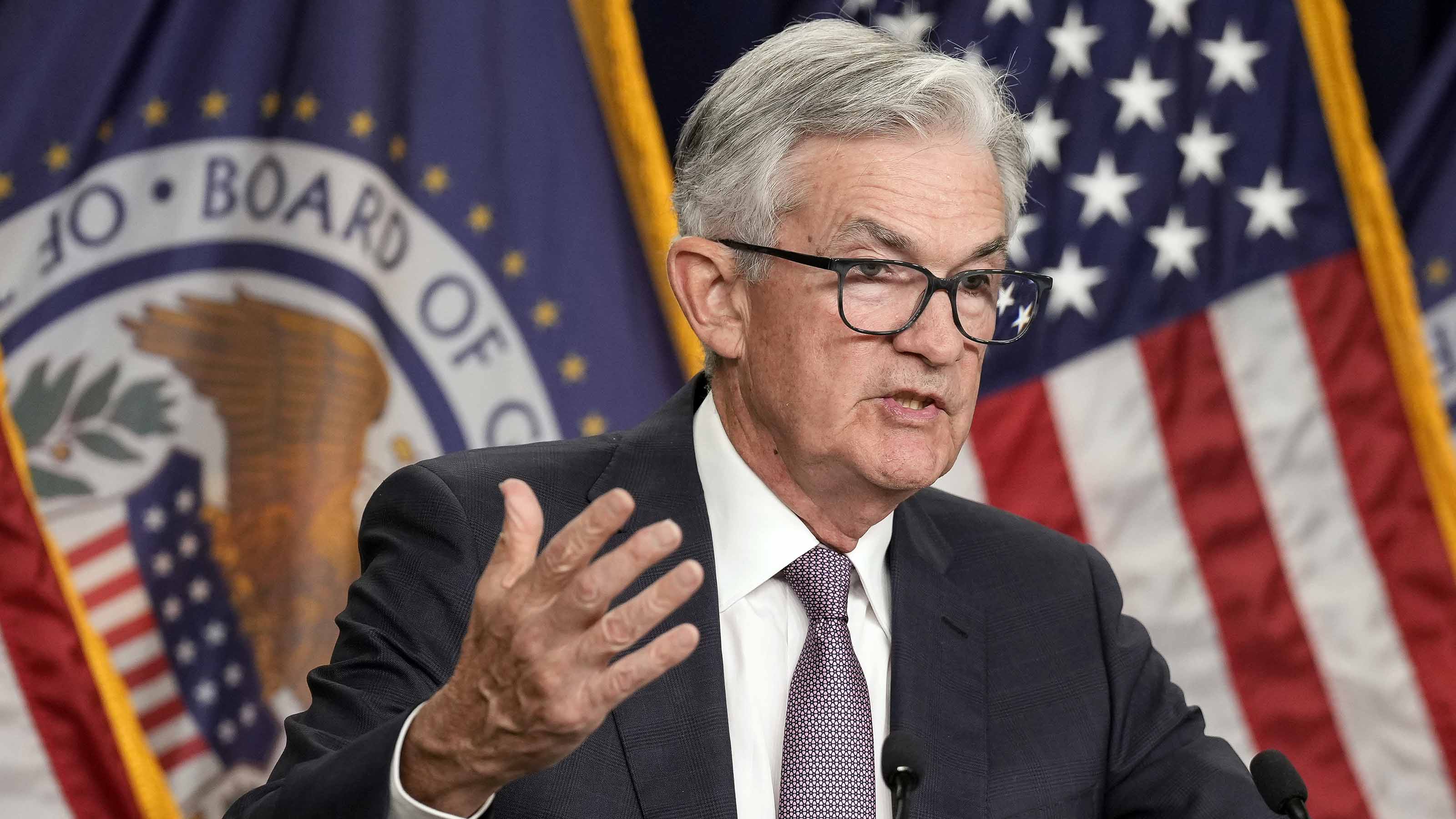

As widely expected, the Federal Reserve downshifted its pace of interest rate hikes on Wednesday, but once again stressed that it has more work to do in its ongoing efforts to bring inflation under control.
The Federal Open Market Committee (FOMC) raised the short-term federal funds rate by 25 basis points, or 0.25%, to a target range of 4.50% to 4.75%. The move was no surprise to economists and market participants, who were betting on yet more moderation from the central bank's rate-setting committee.
At the Fed's last meeting in December, it raised rates by 50 basis points, which represented a significant slowdown from previous policy decisions. Prior to the December meeting, the FOMC had raised short-term rates by 75 basis points for four consecutive meetings.

Sign up for Kiplinger’s Free E-Newsletters
Profit and prosper with the best of expert advice on investing, taxes, retirement, personal finance and more - straight to your e-mail.
Profit and prosper with the best of expert advice - straight to your e-mail.
The central bank has been raising borrowing costs at the fastest and steepest pace since the early 1980s in a bid to tame the worst inflation seen in four decades. But with inflation appearing to have peaked in 2022, the Fed has somewhat softened its hawkish stance.
Markets applauded the quarter-point rate hike unquestionably. All three major indexes shifted from red to green following Fed Chief Jerome Powell's mid-afternoon press conference. The Dow Jones Industrial Average, S&P 500 and Nasdaq Composite all finished the session with gains.
To get a sense of what the latest Fed decision means for monetary policy, markets and macroeconomics, below please find a selection of commentary from economists, strategists and other market pros, sometimes edited for clarity and brevity.
What the experts are saying
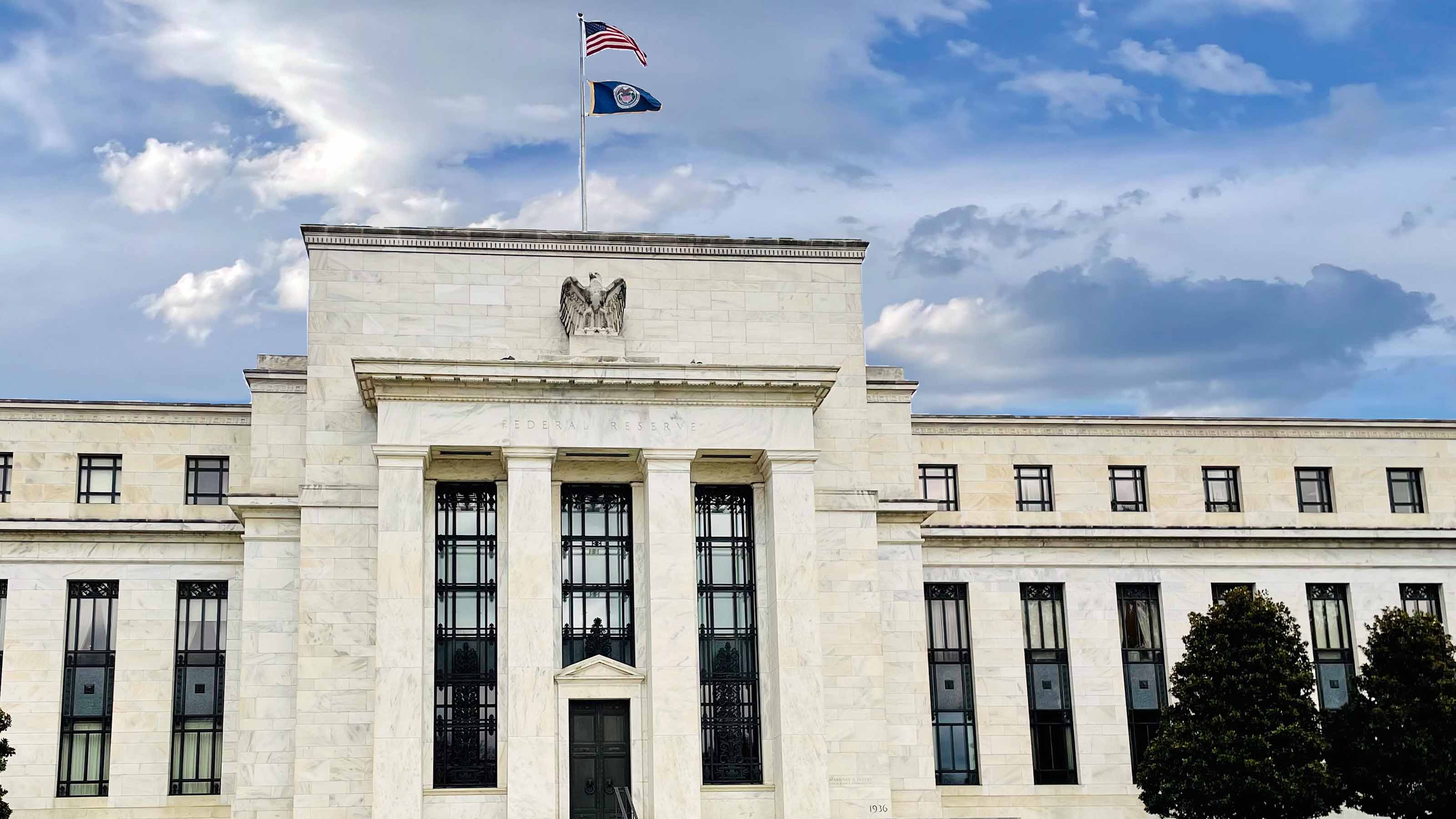
"As universally expected, the FOMC raised its target range for the federal funds rate by 25 bps at the conclusion of its policy meeting today. But the tightening cycle likely is not over yet as the FOMC noted that it 'anticipates that ongoing increases in the target range will be appropriate.' The FOMC said that 'inflation has eased somewhat,' which Chair Powell reiterated in his post-meeting press conference. But he also noted that the Committee 'has more work to do' in terms of monetary tightening to bring inflation back to the FOMC's target of 2% on a sustained basis. Powell also stated that policy will need to be restrictive for some time. We look for the FOMC to hike the fed funds target rate by 25 bps each at its next two policy meetings. That said, we do not have a high level of conviction regarding the exact amount of tightening that the Committee will need to deliver. The FOMC is in the fine-tuning stage of its tightening cycle, and future rate hikes will depend on incoming data in coming weeks and months." – Jay Bryson, chief economist at Wells Fargo Economics
"The Federal Reserve (Fed) increased the federal funds rate by another 25 basis points and indicated that they will continue to look at incoming data to decide on the next steps regarding monetary policy. However, although there was not a hint at the terminal rate on the statement, the Fed Chairman indicated that there could be 'a couple of more rate hikes from here.' He also said that we will have to wait until the March Summary of Economic Projections to see where the members of the FOMC see the terminal federal funds rate." – Eugenio Alemán, chief economist at Raymond James
"Today's policy statement from the FOMC, and Chair Powell's press conference, were signals to economic observers and to market participants that the job of inflation-fighting isn't yet accomplished, but the trend is moving in the right direction. Consequently, the Federal Reserve can now move policy rates at a more normal pace, after a series of dramatic moves, from very large (75 basis points, bps, for 4 meetings), to large (50 bps at the last meeting) and finally now to a more normal 25 bps clip. The Fed will now embark upon a process of slow and steady rate hikes of 25 bps moves, in order to better observe the incoming data and be able to react accordingly. The direction of travel from here will be another 25-bps hike, and maybe one more after that. Yet we're very much now in the mode of slow and steady hiking toward an end state of resting at a restrictive interest rate policy level of around, or just above, 5%." – Rick Rieder, BlackRock's chief investment officer of Global Fixed Income and head of the BlackRock Global Allocation Investment Team
"After today's decision, the fed funds upper bound is higher than the latest reading on the core deflator. Inflation is poised to ease further in the coming months, which will give the Fed some leeway to end its rate hiking campaign. History shows us that stocks typically rise after the end of a rate hiking cycle." – Jeffrey Roach, chief economist at LPL Financial
"One comment that stuck out to me was Powell's lack of concern for the easing of financial conditions which had been a real concern for us. He said they focus on long-term financial conditions and not short-term conditions. Powell pointed to believing that financial conditions have tightened due to hiking from the last 12 months. The market expects inflation to move down more quickly than the Fed; it's pricing in fewer hikes (lower terminal rate and faster cuts). Powell said unless inflation drastically comes down, it will not be appropriate for the Fed to cut policy rates this year." – John Luke Tyner, portfolio manager and fixed-income analyst at Aptus Capital Advisors
"The Fed is tasked with walking an increasingly challenging tightrope. On one side there are concerns of appearing too dovish and risk inflationary measures reigniting within the economy, a mistake made in the 1970s. On the other side, concerns of continuing its tightening and pushing the economy into recession are very real as is often the end result of rate hike cycles. Inflationary data points have been moving in the right direction in previous months, but has it softened enough to allay concerns of inflationary sparks reigniting? This remains to be seen as we appear to be near a tipping point in Fed actions." – Dustin Thackeray, CFA, partner and chief investment officer at Crewe Advisors
"Chair Powell attempted to walk a fine line in comments today. On the one hand, Powell repeated several times that the FOMC sees 'ongoing rate increases' (plural) as likely appropriate, signaling that he and the committee continue to see the fed funds rate most likely peaking at a range of 5.0% to 5.25%, which is where the December Summary of Economic Projections (SEP a.k.a. dot plot) showed the fed funds rate concluding the year. Powell emphasized that the Fed is vigilant to the risk of inflation stays high in 2023, especially since inflation of sticky services prices (services excluding shelter costs) continues to run hot. On the other hand, Powell acknowledged that the disinflationary process the Fed expected, with supply chains normalizing and goods prices cooling, is finally playing out, and it makes sense to think this disinflationary process would spread more broadly to services prices in the near-term." – Bill Adams, chief economist at Comerica Bank
"The Fed is sticking to its two-hike SEP projection for now. However, we judge the data on the ground will shift enough (i.e., an unfolding mild recession) to convince the FOMC to make it only one. However, if the data doesn't shift meaningfully, the Fed's going to continue tightening." – Michael Gregory, deputy chief economist at BMO Capital Markets
"No big surprise in today's announcement, either in the level of rate increase or in the accompanying language. However, traders are expecting a rate cut late in the year, and there was no particular indication that would happen either. I read the notes as more staying the current course and seeing what happens in the economy over the next few months. Therefore, if traders were hoping for indication of a rate cut, they were disappointed. The recent strength in stock prices probably reflects the optimism of the Fed being able to engineer a soft landing, but that optimism may now be tested." – Melissa Brown, global head of applied research at Qontigo, a Deutsche Boerse-owned global index provider
"The Fed is essentially speaking out of both sides of the mouth as they signaled further increases are appropriate, but also acknowledged they will consider the cumulative amount of tightening in future policy decisions. This tells us that the Fed is near the end of the tightening cycle, and they are getting ready to sit tight while the economic data catches up to the policy. Slowing the pace of rate hikes is a clear sign that the Fed is getting comfortable with the idea that the prescribed policy for the economy is finally starting to work. On balance, the meeting tilted slightly dovish, and the end of the tightening cycle appears to be on the horizon." – Charlie Ripley, senior investment strategist at Allianz Investment Management
Get Kiplinger Today newsletter — free
Profit and prosper with the best of Kiplinger's advice on investing, taxes, retirement, personal finance and much more. Delivered daily. Enter your email in the box and click Sign Me Up.

Dan Burrows is Kiplinger's senior investing writer, having joined the august publication full time in 2016.
A long-time financial journalist, Dan is a veteran of MarketWatch, CBS MoneyWatch, SmartMoney, InvestorPlace, DailyFinance and other tier 1 national publications. He has written for The Wall Street Journal, Bloomberg and Consumer Reports and his stories have appeared in the New York Daily News, the San Jose Mercury News and Investor's Business Daily, among many other outlets. As a senior writer at AOL's DailyFinance, Dan reported market news from the floor of the New York Stock Exchange.
Once upon a time – before his days as a financial reporter and assistant financial editor at legendary fashion trade paper Women's Wear Daily – Dan worked for Spy magazine, scribbled away at Time Inc. and contributed to Maxim magazine back when lad mags were a thing. He's also written for Esquire magazine's Dubious Achievements Awards.
In his current role at Kiplinger, Dan writes about markets and macroeconomics.
Dan holds a bachelor's degree from Oberlin College and a master's degree from Columbia University.
Disclosure: Dan does not trade individual stocks or securities. He is eternally long the U.S equity market, primarily through tax-advantaged accounts.
-
 6 Stunning Waterfront Homes for Sale Around the US
6 Stunning Waterfront Homes for Sale Around the USFrom private peninsulas to lakes, bayous and beyond, Kiplinger's "Listed" series brings you another selection of dream homes for sale on the waterfront.
By Charlotte Gorbold Published
-
 Six Reasons to Disinherit Someone and How to Do It
Six Reasons to Disinherit Someone and How to Do ItWhether you're navigating a second marriage, dealing with an estranged relative or leaving your assets to charity, there are reasons to disinherit someone. Here's how.
By Donna LeValley Published
-
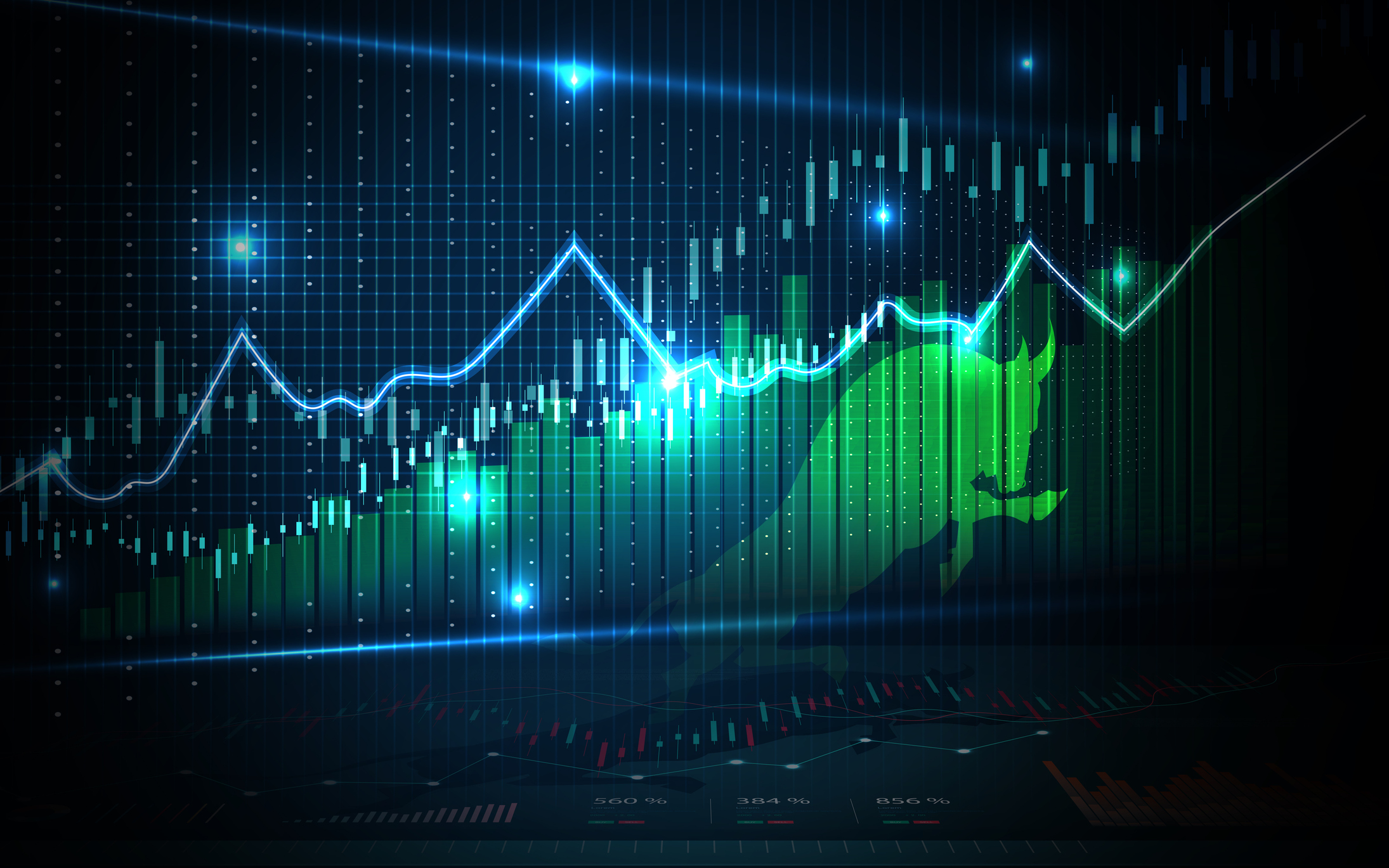 Stock Market Today: Stocks Surge to Close a Volatile Week
Stock Market Today: Stocks Surge to Close a Volatile WeekIt was another day with a week's worth of both news and price action, but it ended on a strongly positive note.
By David Dittman Published
-
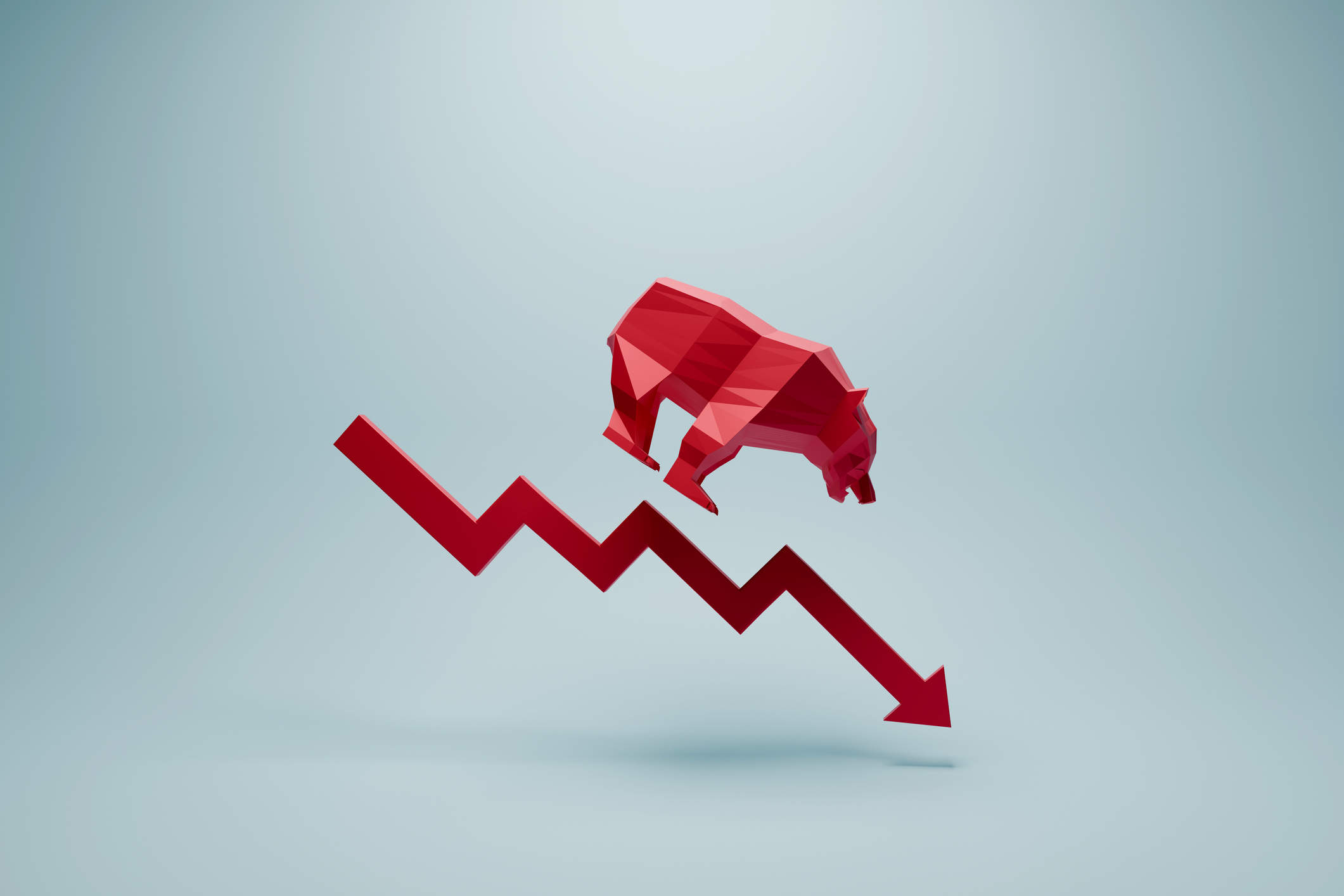 Stock Market Today: Uncertainty Proliferates: Dow Loses 1,014 Points
Stock Market Today: Uncertainty Proliferates: Dow Loses 1,014 PointsWeaker-than-expected consumer inflation data wasn't enough to stabilize sentiment during another volatile day for financial markets.
By David Dittman Published
-
 Stock Market Today: Tariff Pause Triggers 3,000-Point Dow Rally
Stock Market Today: Tariff Pause Triggers 3,000-Point Dow RallyThe bond market is sending concerning signals as the Trump administration executes its rapid reordering of global trade relationships.
By David Dittman Published
-
 Stock Market Today: Tariff Talks Drive Another Up-and-Down Day
Stock Market Today: Tariff Talks Drive Another Up-and-Down DayTrade war negotiations are happening, but the "fear gauge" is gyrating, and investors, traders and speculators are still searching for signs of a bottom.
By David Dittman Published
-
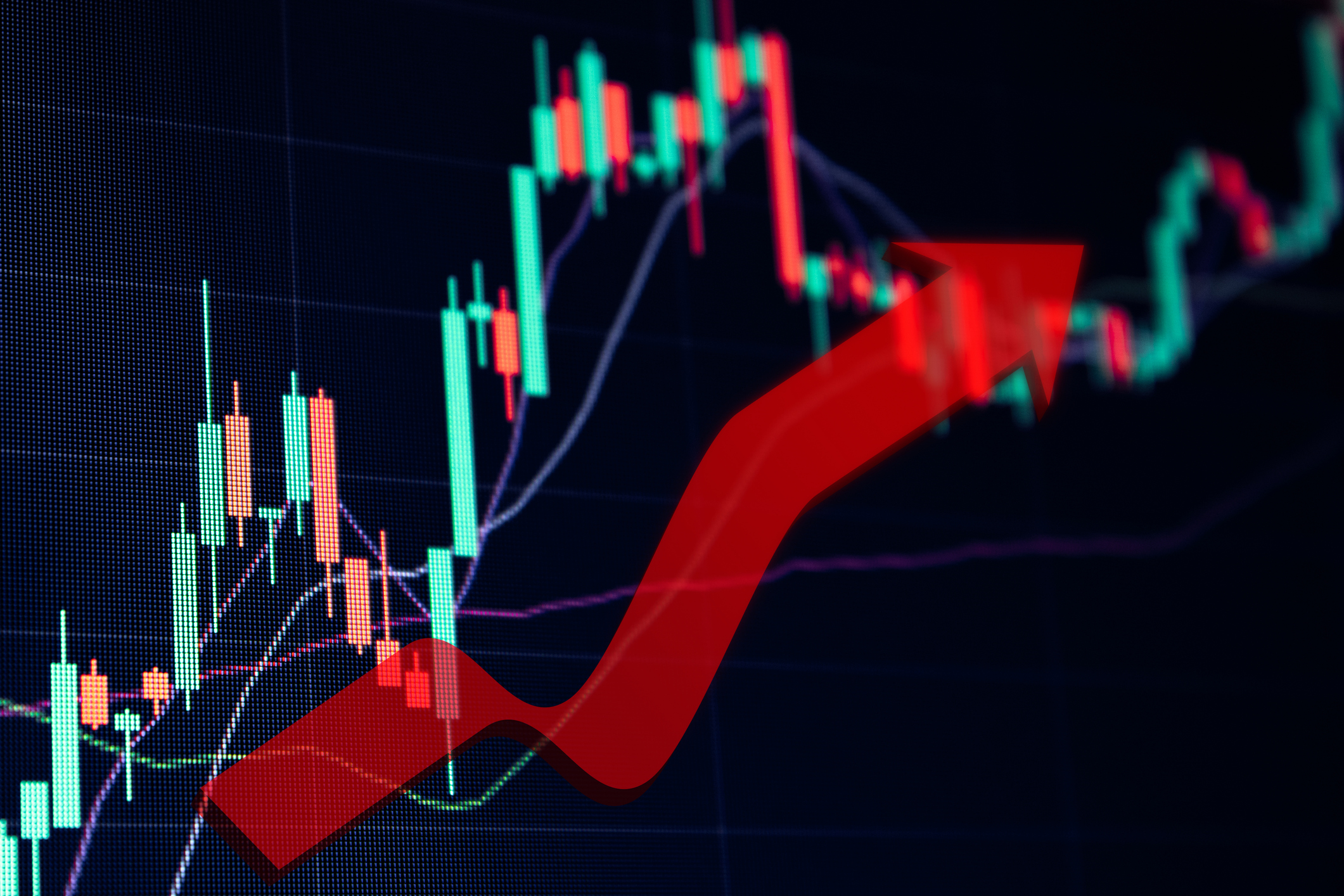 Stock Market Today: Trump Pushes Dow Into 2,600-Point Swing
Stock Market Today: Trump Pushes Dow Into 2,600-Point SwingTariffs and trade war weigh on prices across global financial markets, with little light at the end of the tunnel.
By David Dittman Published
-
 Stock Market Today: Dow Drops Another 2,231 Points to Hit a Correction
Stock Market Today: Dow Drops Another 2,231 Points to Hit a CorrectionThe Nasdaq Composite, meanwhile, entered a new bear market with its latest slide.
By Karee Venema Published
-
 Stock Market Today: Dow Dives 1,679 Points on Trump Tariff Shock
Stock Market Today: Dow Dives 1,679 Points on Trump Tariff ShockU.S. stocks lost roughly $3.1 trillion in market cap on Thursday – the biggest one-day decline since the start of the COVID-19 pandemic in March 2020.
By Karee Venema Published
-
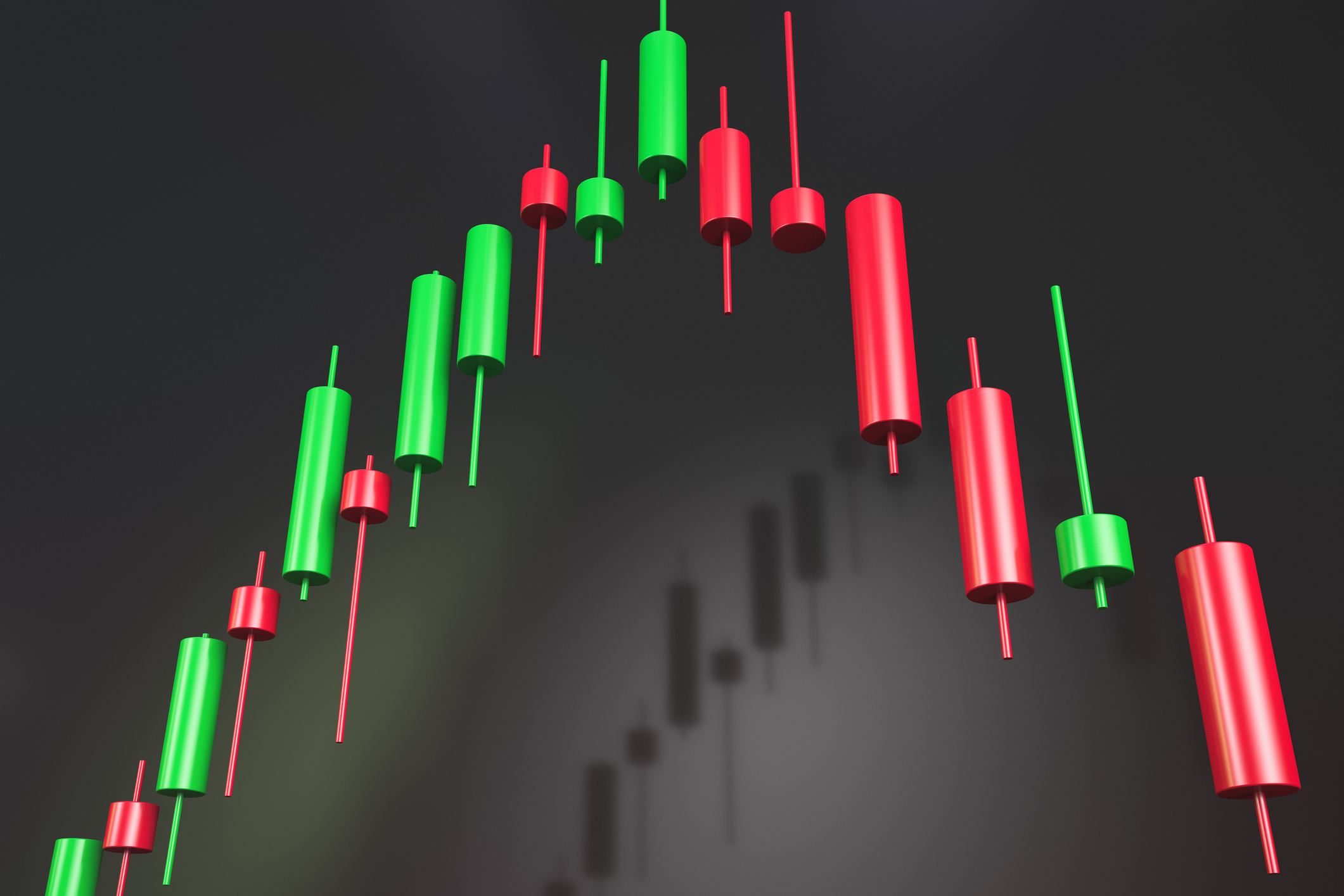 Stock Market Today: It's the Old Up-Down Again on Liberation Day
Stock Market Today: It's the Old Up-Down Again on Liberation DayMarkets look forward to what comes with the reordering of 80-year-old global trade relationships.
By David Dittman Published